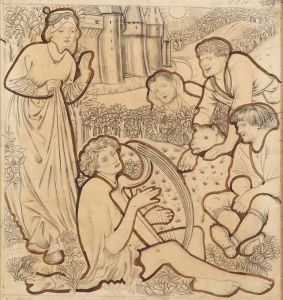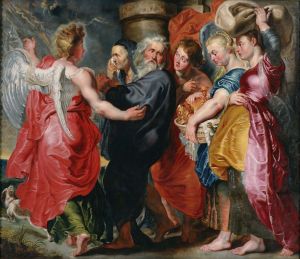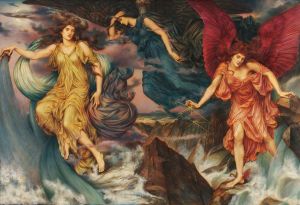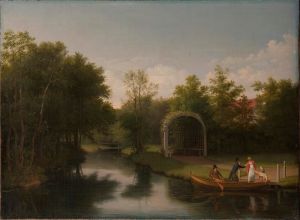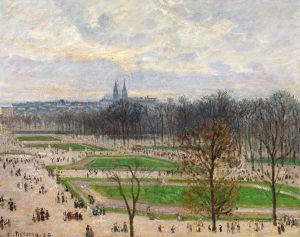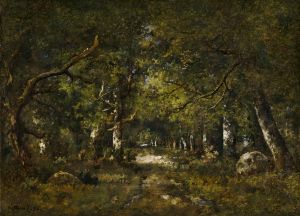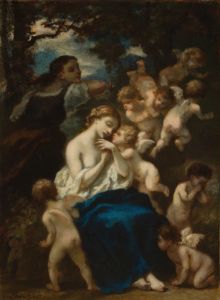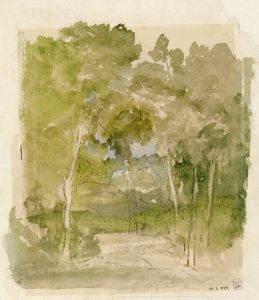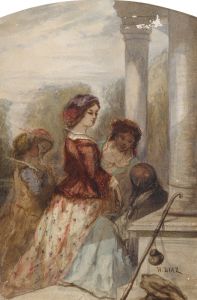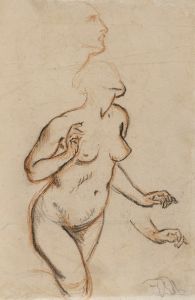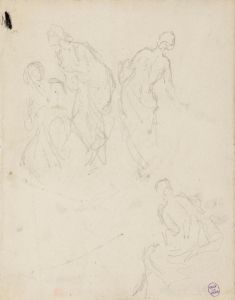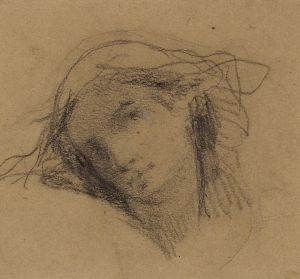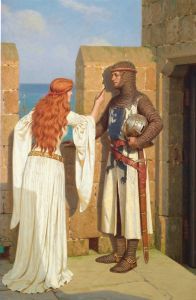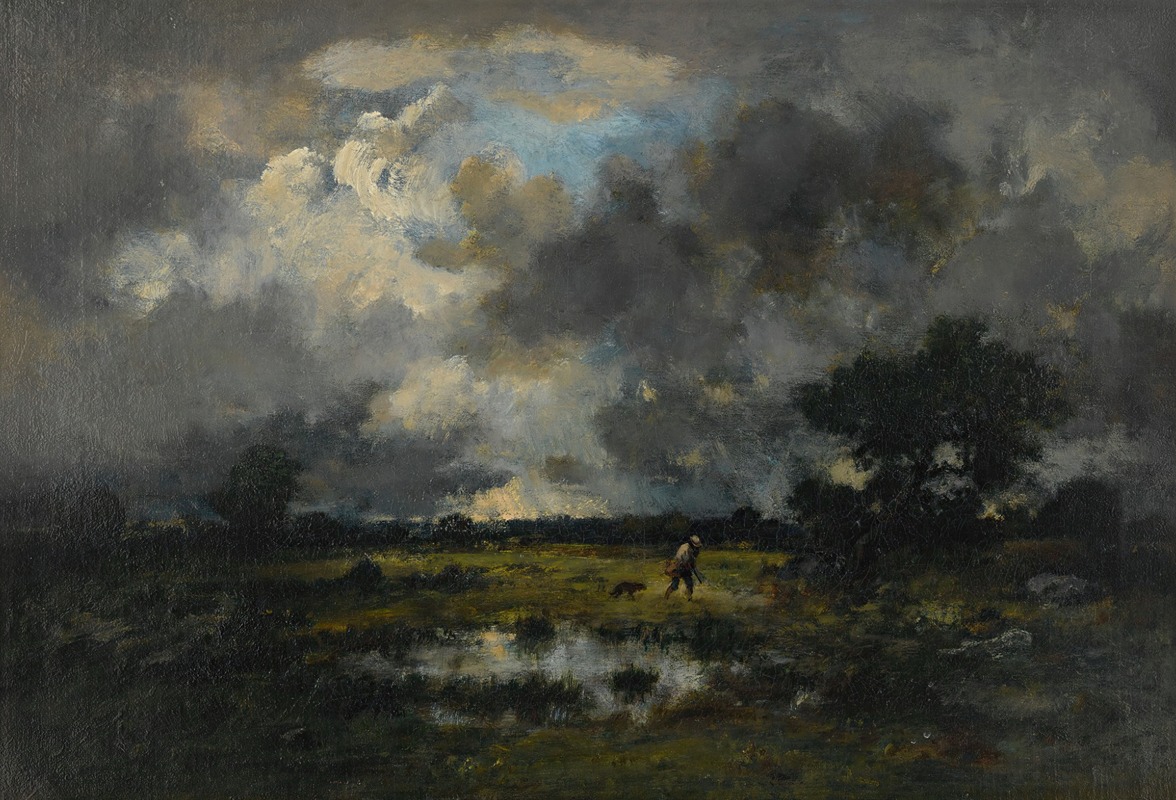
L’orage
A hand-painted replica of Narcisse-Virgile Diaz de La Peña’s masterpiece L’orage, meticulously crafted by professional artists to capture the true essence of the original. Each piece is created with museum-quality canvas and rare mineral pigments, carefully painted by experienced artists with delicate brushstrokes and rich, layered colors to perfectly recreate the texture of the original artwork. Unlike machine-printed reproductions, this hand-painted version brings the painting to life, infused with the artist’s emotions and skill in every stroke. Whether for personal collection or home decoration, it instantly elevates the artistic atmosphere of any space.
Narcisse-Virgile Diaz de la Peña was a prominent 19th-century French painter, known for his association with the Barbizon School, a movement that emphasized naturalism and was a precursor to Impressionism. One of his notable works is "L’orage" (The Storm), which exemplifies his skill in capturing the dramatic interplay of light and atmosphere in landscape painting.
"L’orage" is a landscape painting that reflects Diaz de la Peña's fascination with the effects of weather and light on the natural environment. The painting depicts a scene just before or during a storm, with dark, ominous clouds gathering in the sky, casting shadows over the landscape below. This work is characteristic of Diaz's ability to convey mood and emotion through his use of color and brushwork.
Diaz de la Peña was born in Bordeaux, France, in 1807, and he spent much of his career painting in the Forest of Fontainebleau, a popular location for artists of the Barbizon School. The forest's diverse landscapes provided endless inspiration for Diaz and his contemporaries, such as Théodore Rousseau and Jean-François Millet. Diaz's work often focused on the interplay between light and shadow, and he was particularly adept at capturing the transient effects of weather, as seen in "L’orage."
In "L’orage," Diaz employs a rich palette to depict the impending storm. The sky is filled with swirling clouds, painted in deep grays and blues, which contrast with the lighter tones of the landscape below. The trees and foliage are rendered with loose, expressive brushstrokes, a technique that Diaz used to convey the movement and energy of the scene. This approach to painting was innovative at the time and influenced later Impressionist artists, who also sought to capture the fleeting effects of light and atmosphere.
Diaz de la Peña's work is noted for its romantic qualities, and "L’orage" is no exception. The painting evokes a sense of drama and tension, as the viewer can almost feel the approaching storm. This emotional intensity is a hallmark of Diaz's style, which often combined elements of Romanticism with the naturalistic tendencies of the Barbizon School.
Throughout his career, Diaz de la Peña received recognition for his contributions to landscape painting. He exhibited regularly at the Paris Salon, where his works were well-received by critics and collectors alike. Despite facing personal challenges, including the loss of a leg at a young age, Diaz remained dedicated to his art and continued to paint until his death in 1876.
"L’orage" remains an important example of Diaz de la Peña's work and is representative of the broader trends in 19th-century French landscape painting. The painting is a testament to Diaz's ability to capture the beauty and power of nature, as well as his influence on subsequent generations of artists. Today, his works are held in various public and private collections, where they continue to be appreciated for their technical skill and emotional depth.





